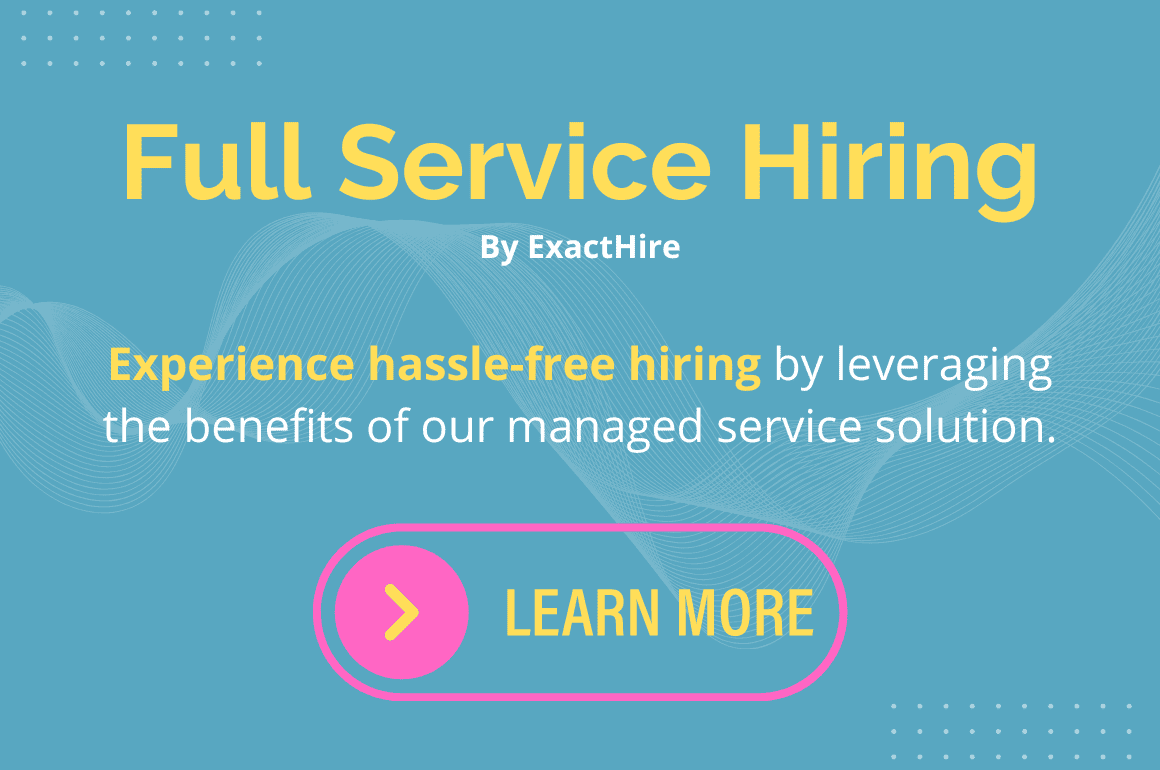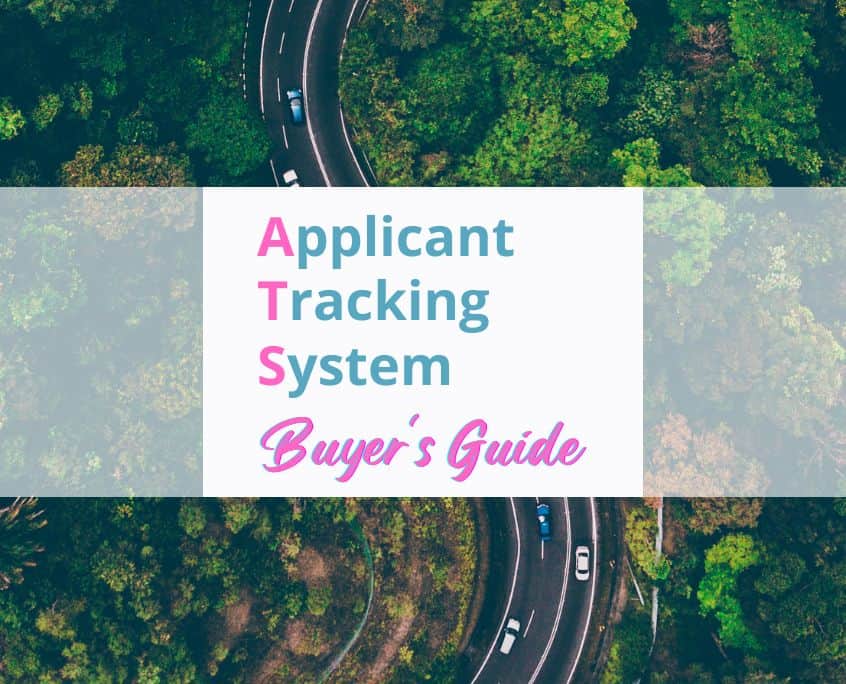The Gig Economy: Navigating the New Frontier of Work
In the ever-evolving landscape of the workforce, the gig economy has emerged as a significant phenomenon, reshaping traditional employment paradigms and introducing a new era of job flexibility, autonomy, and digital innovation. This blog delves into the intricacies of the gig economy, offering insights for both workers navigating this space and businesses looking to leverage gig economy opportunities.
Understanding the Gig Economy
At its core, the gig economy encompasses a labor market characterized by short-term contracts or freelance work as opposed to permanent jobs. Platforms like Uber, Airbnb, and Freelancer have paved the way, creating ecosystems where individuals can offer their skills or assets on a per-job (or “gig”) basis. The gig economy’s rise is underpinned by digital platforms that connect freelancers with clients, making it easier than ever to find work or hire for tasks.
The Gig Worker: Autonomy and Challenges
For many, the gig economy offers an attractive alternative to traditional 9-to-5 jobs, promising flexibility, autonomy, and the opportunity to pursue a variety of projects. Gig workers can set their schedules, choose their projects, and in many cases, work remotely, offering a sense of freedom unmatched in many conventional jobs.
However, this freedom comes with its challenges. Gig workers often face uncertainties related to job security, income stability, and benefits like health insurance, which are typically provided in permanent employment contexts. The responsibility for taxes, retirement savings, and health insurance shifts entirely to the individual, requiring a proactive and savvy approach to personal finance and benefits management.
For Businesses: Benefits and Considerations
Businesses stand to gain significantly from the gig economy through access to a global pool of talent, flexibility in staffing, and cost efficiencies. Hiring gig workers for specific projects or peak times can help companies stay agile and competitive without the overhead associated with full-time employees.
Yet, relying on gig workers also presents challenges, including concerns about worker loyalty, protecting proprietary information, and ensuring consistent quality of work. Businesses must navigate these issues carefully, developing clear contracts, maintaining robust communication channels, and investing in relationship building to ensure mutual success.
Regulation and the Future of Work
As the gig economy grows, so does the attention from policymakers and labor advocates concerned about workers’ rights and protections. In various jurisdictions, debates and legal battles have sought to classify gig workers correctly, determining their eligibility for benefits and protections under labor laws. These regulatory developments have the potential to reshape the gig economy’s landscape significantly, affecting how platforms, workers, and businesses operate.
Embracing the Gig Economy: Tips for Success
For workers, success in the gig economy requires a blend of skill development, marketing acumen, and financial planning. Building a strong personal brand, networking, and leveraging online platforms can help secure gigs. Additionally, gig workers should educate themselves on tax implications and explore options for health insurance and retirement savings to ensure long-term financial stability.
Businesses, on the other hand, should focus on creating clear expectations, investing in technology to streamline gig worker management, and fostering a culture of respect and inclusion for all workers, regardless of their employment status. Understanding the legal landscape and staying ahead of regulatory changes is also crucial for companies to navigate this new world of work successfully.
Conclusion
The gig economy represents a significant shift in how we think about work, offering opportunities and challenges for workers and businesses alike. By understanding the nuances of this new landscape, both parties can navigate the gig economy more effectively, capitalizing on its benefits while mitigating its risks. As we look to the future, the gig economy’s role in shaping the workforce seems poised to expand, signaling a continued evolution of work in the digital age.



